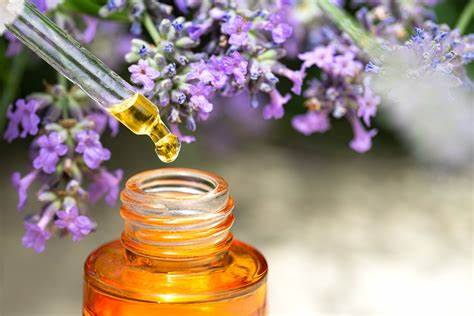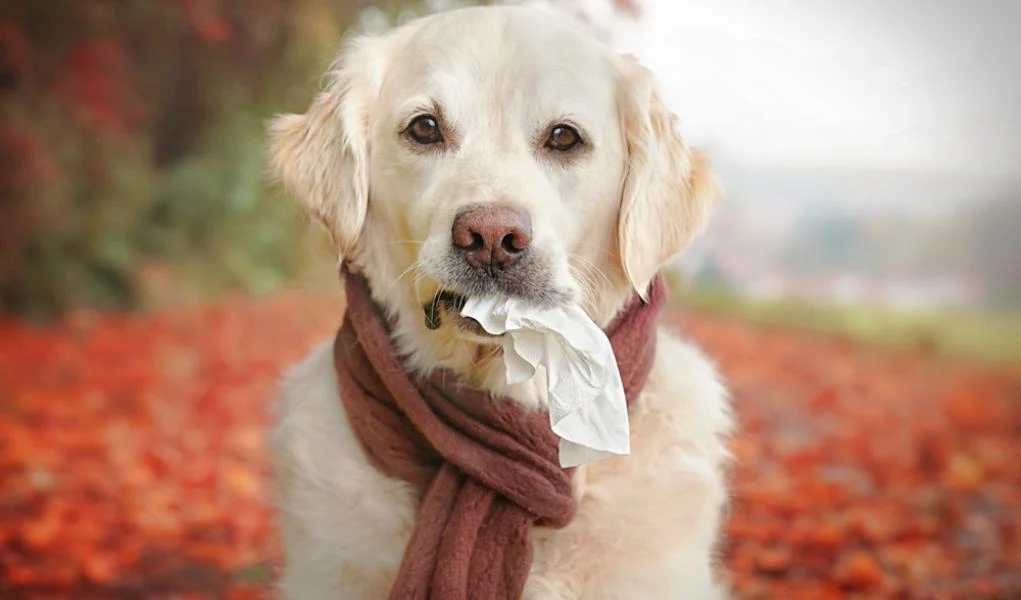The soothing scent of lavender is a popular natural remedy among humans. But is lavender essential oil safe for dogs too? Or does this botanical pose risks for canines?
Used properly, lavender oil can provide potential benefits to dogs like calming anxiety, easing pain, and repelling insects. However, misuse or improper dosing does pose significant dangers all dog owners should be aware of.
In this article, we’ll cover safe ways to use lavender oil around dogs, toxic risks to avoid, and popular usage claims evaluated. Let’s get to the bottom of this fragrant essential oil’s safety profile for canines.
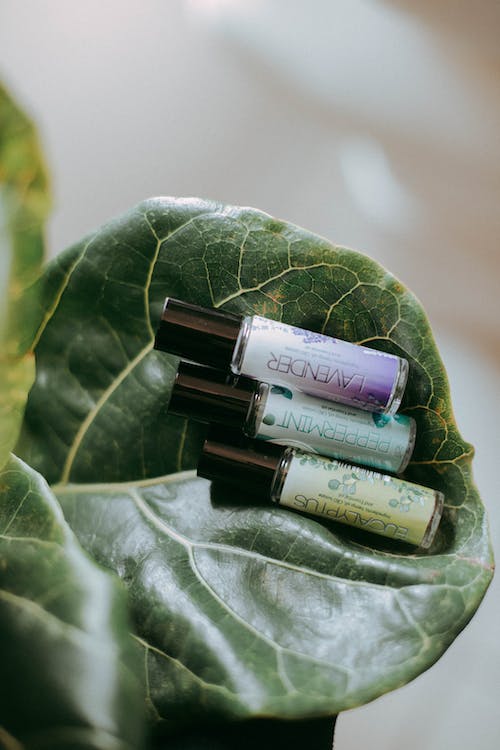
How Lavender Oil Benefits Dogs
First, let’s look at the evidence-based benefits lavender offers dogs when used safely:
Calming anxiety – Multiple studies confirm lavender’s sedative properties. The calming fragrance helps relieve stress, phobias, and separation anxiety when used alongside training.
Inducing sleep – The relaxing properties of lavender can help restless, anxious dogs fall asleep more easily when diffused at low concentrations in the bedroom.
Pain relief – Research indicates lavender alleviates pain from injuries, arthritis, muscle spasms, and post-surgery when applied topically. It has soothing analgesic and anti-inflammatory properties.
Insect repellent – The strong aroma drives away fleas, mites, mosquitoes, and flies when applied topically as a diluted spray or included in gentle formulations.
Antimicrobial benefits – Lavender demonstrates antibacterial and antifungal effects against common dog skin pathogens when applied topically at proper dilutions.
Wound healing – Minor scrapes and cuts may heal faster when treated topically with highly diluted lavender oil thanks to cell regenerating effects.
Used externally or aromatically, therapeutic lavender offers a range of potential benefits to dogs. But internal use remains very risky and controversial.
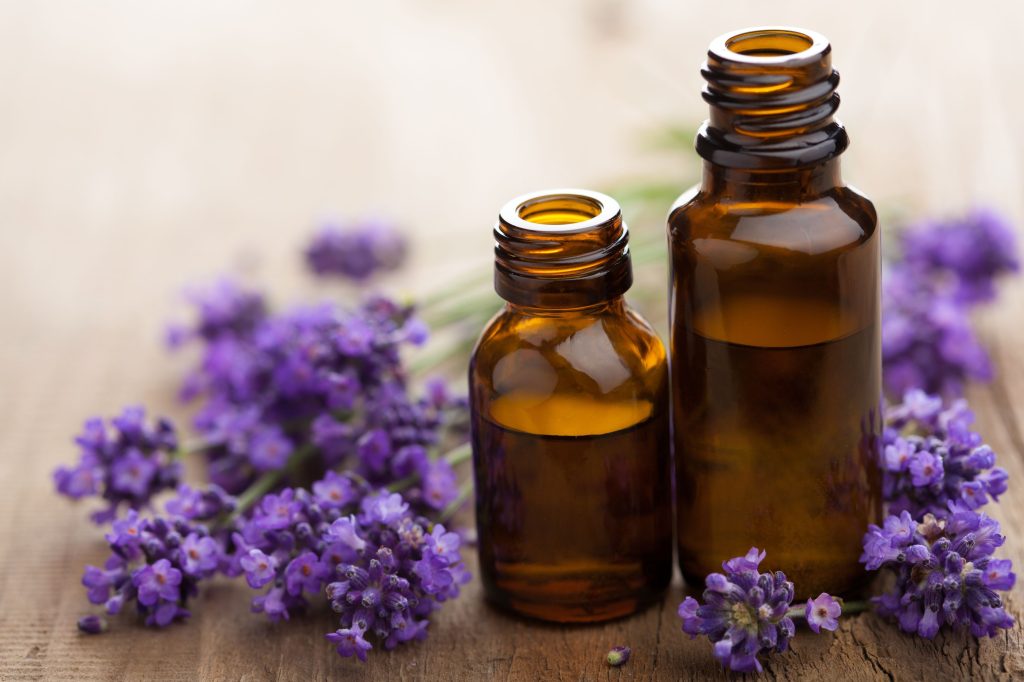
Dangers of Using Lavender Oil on Dogs
Lavender oil applied undiluted or ingested internally poses significant dangers to dogs, including:
- Central nervous system depression, lethargy, weakness, incoordination.
- Gastrointestinal upset like vomiting or diarrhea.
- Elevated heart rate and blood pressure, rapid breathing.
- Skin irritation, chemical burns or sensitivity reactions.
- Respiratory distress if inhaled at high concentrations.
- Seizures or tremors from nerve impacts.
Additionally, some herbal supplements touting lavender contain concealed essential oils toxic to dogs like eucalyptus, pennyroyal, peppermint, pine, sweet birch, wintergreen, or ylang ylang. Always verify ingredients. Avoid products making questionable claims about lavender oil and dogs.
Only use high purity, organic lavender essential oils meant for pets. Never attempt to make blends yourself without the guidance of a certified aromatherapist or holistic vet.
Using Lavender Safely Around Dogs
To use lavender oil safely around canines:
- Always dilute in a carrier oil like almond or coconut oil before applying topically. 1-2% concentration maximum for small dogs, 0.5-1% for cats and large dogs.
- Use mild shampoos and spritzes containing lavender extract, not pure essential oil.
- Limit diffuser time to 1-2 sessions of 30 minutes or less daily. Keep diffusers out of reach.
- Never apply topically or administer internally without veterinary guidance.
- Monitor for skin reactions, low energy, or behavior changes indicating sensitivity.
- Keep lavender oil bottles securely capped and strictly out of a dog’s reach, like essential oils toxic to dogs.
With proper precautions, diffusion and extremely diluted topical use may be therapeutic. But consult your holistic vet before introducing to your dog, especially brachycephalic breeds prone to respiratory issues.
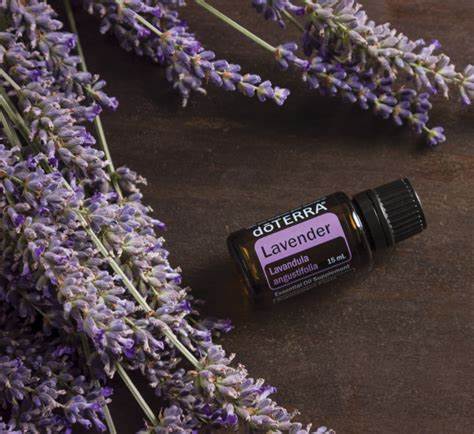
Effective Alternatives to Lavender Oil for Dogs
If you have any concerns about lavender safety, effective alternatives include:
- Lavender hydrosol spritzes – The potent chemicals are removed for a lightly relaxing mist.
- Dried/fresh lavender flowers – Use potpourri sachets or lightly rub on bedding. Monitor chewing.
- Safe herbal blends – Those specifically formulated for dogs using gentle herbs like chamomile.
- Calming treats – Over-the-counter chews with L-tryptophan or hemp.
- Flower essences like Rescue Remedy – Contain only diluted flower imprints.
- Essential oil-free calming plug-ins.
- Prescription dog appeasing pheromones – Proven synthetic pheromone diffusers.
Discuss options like prescription anxiety medications, calming supplements, or behavioral therapy if anxiety is severe. Lavender should not take the place of comprehensive treatment.

Frequently Asked Questions
Still wondering if lavender oil use is right for your anxious pup? Here are some common queries:
Are dried lavender flowers safe for dogs?
Dried flowers provide calming aroma with less risk. Monitor chewing. Essential oil residues in extracts pose some minimal risk if consumed in large amounts.
Can I use lavender essential oil to clean my home?
Yes, but avoid excessive contact or diffusion. Opt for gentler lavender castile soap or vinegar cleaners. Rinse surfaces treated with strong lavender oils before allowing dog access.
Will diffusing lavender impact my cats?
Use cautiously as cats are more prone to toxicity than dogs. Very low volumes only. Ensure fresh air circulation and access to leave. Monitor health.
Can I apply lavender oil directly on my dog’s skin?
Never apply undiluted. Always mix with a carrier oil and dilute to less than 1% first. Perform a skin patch test. Monitor excessive licking.
How much lavender oil is toxic to dogs?
No established lethal dose is known, but as little as 0.5 ml undiluted oil applied to skin may cause poisoning. Always heavily dilute and use mildly.
In summary, enjoy lavender aromatherapy within safe limits. Seek veterinary advice before use on anxious, elderly or ill dogs. When in doubt, choose lavender-free alternatives to calm your pup. Please let us know if you have any other essential oil questions!
